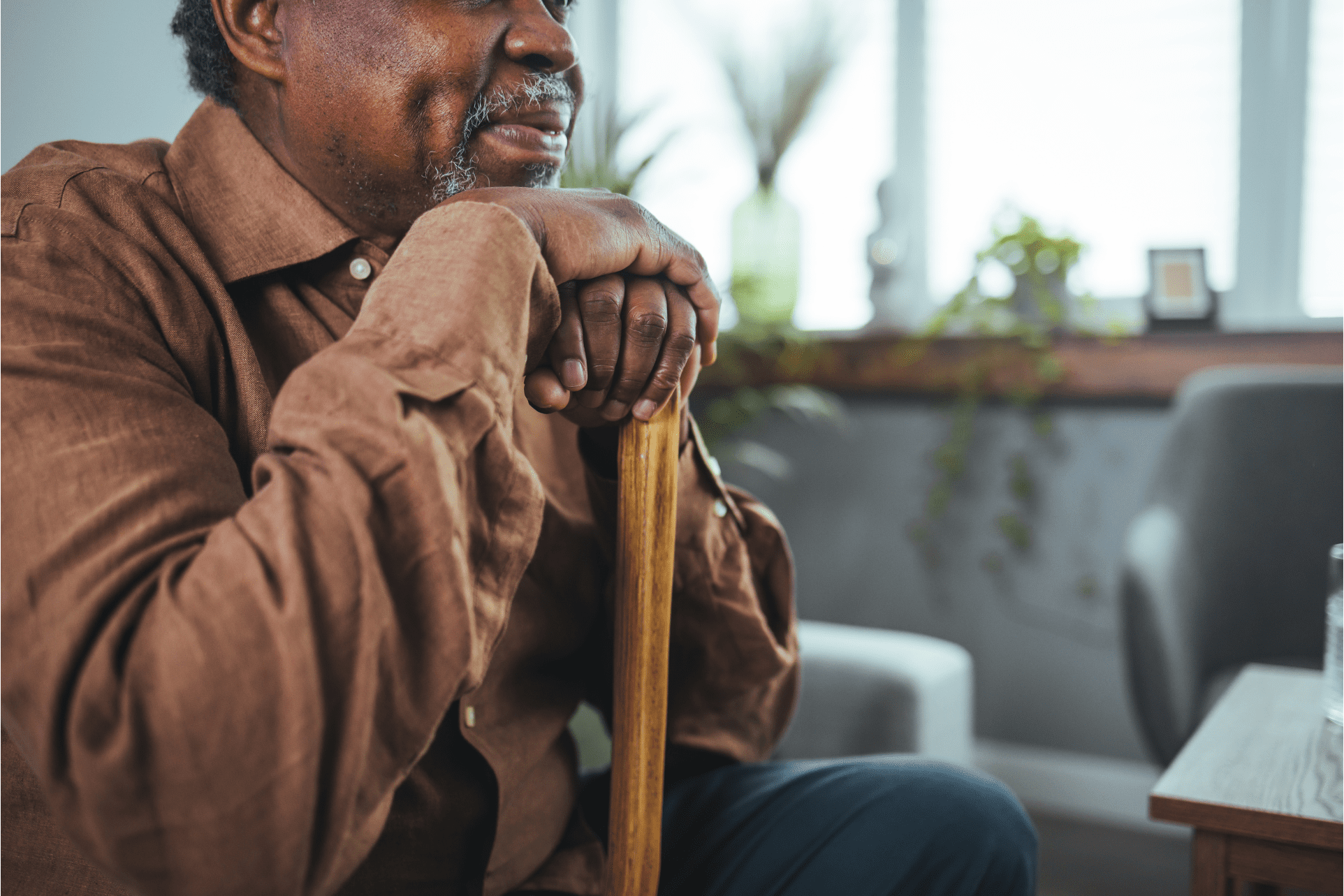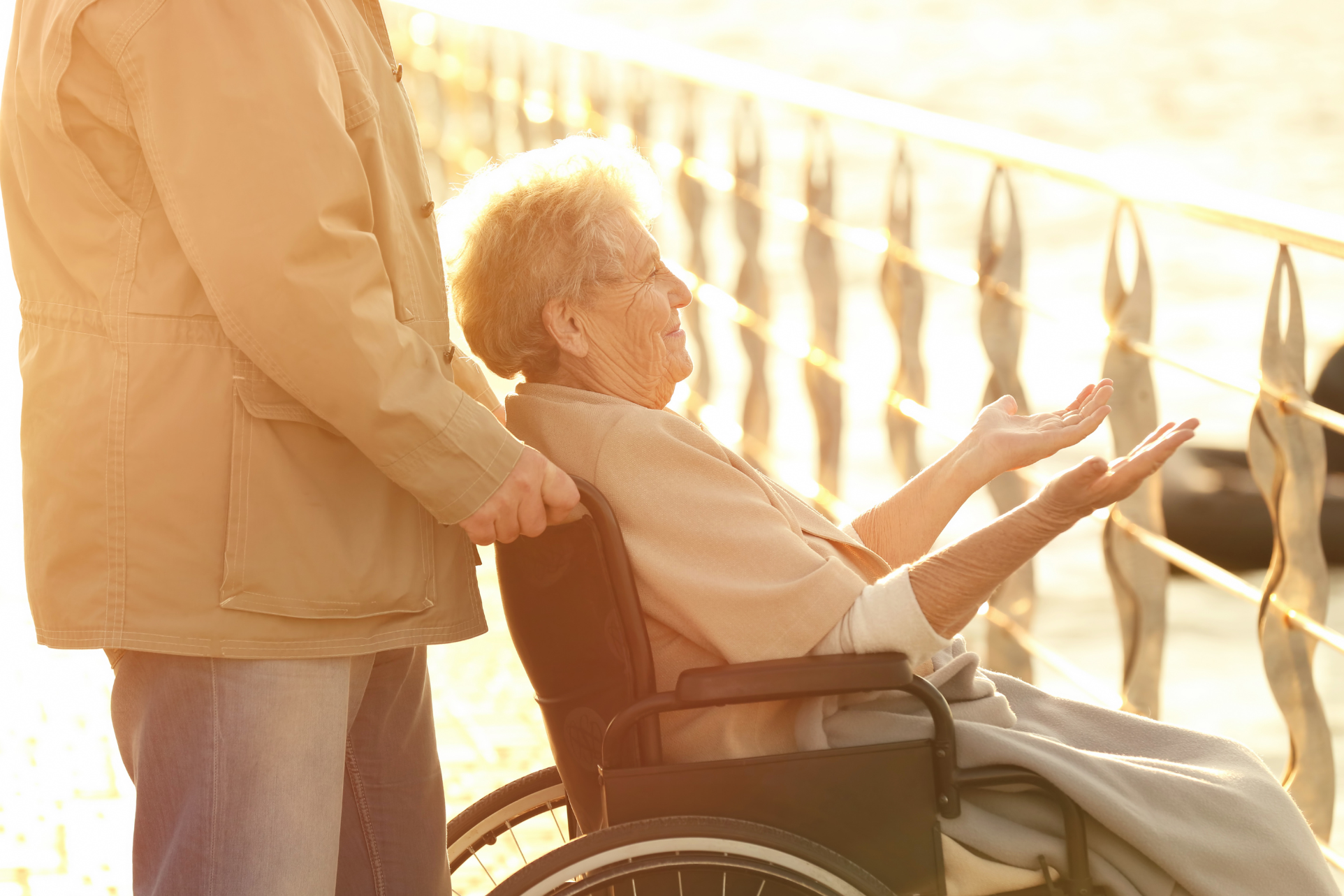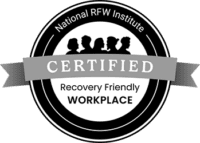Challenges and Opportunities for Cancer Care in 2018
The challenges that patients face when receiving cancer treatment are not only physical. Emotional, financial, and long-term obstacles also stand between cancer patients and their recovery. Below are just some of the top challenges in cancer care, and the opportunities that exist to improve them.
Treatment
A recent study conducted by The Cancer Support Community found that the top barriers and challenges to treatment for cancer include:
- Costs that prevent prescription fulfillment
- Not receiving some needed healthcare services due to high out-of-pocket costs
- Delays in accessing cancer care, like scheduling procedures, receiving referrals, and obtaining prescriptions
To improve some of the top challenges for treating cancer, patient-centered alternative payment models are being rolled out across the country. New focus on high-value, quality care aims to improve compliance and adherence to treatments. Solutions like Personal Concierge™ can help accomplish these goals while also addressing total cost of care for cancer patients.
Learn more about Personal Concierge here »
Emotional
For most cancer cases, a diagnosis results in the immediate whirlwind of diagnostic testing, invasive procedures, and complicated treatments. Patients are often not given the time to assimilate to their newfound reality. This can result in a profound emotional toll on the patient. Two of the biggest challenges that cancer patients face include learning how to cope with emotional shifts and anticipating good and bad emotional days.
Some recommendations for coping with these emotional and social effects of cancer are:
- Spending time doing usual activities
- Accepting support from family and friends
- Recording feelings through journaling or other sources
- Meditating or praying regularly
Financial
“Recently, an analysis of pooled data collected from 2001 to 2008 by the Medical Expenditure Panel Survey (MEPS)—Household Component, sponsored by the Agency for Healthcare Research and Quality, was published. The proportion of patients with cancer who have a high total healthcare OPE burden (defined as spending >20% of income on healthcare and health premiums) is 13.4%, which is statistically significantly higher than the 9.7% of those with other chronic conditions, and the 4.4% of those without chronic conditions.” – The Oncology Pharmacist
Some of the factors for financial burden include:
- Private nongroup insurance
- Economically disadvantaged communities
- Having other chronic conditions
Mobile communication interventions have proven to be successful at providing care for economically underserved communities. Recently, a study published in Public Health Nursing found that smartphone platform interventions were a feasible method of extending prenatal care and improving birth outcomes in rural communities. The same health care options are being used for oncology.
A New Normal
As the success of cancer treatments increases, the number of Americans cured of the disease will also increase. According to the National Cancer Institute (NCI), more than 12 million individuals in the United States are living with a history of cancer. For these people, their new normal will include lifestyle changes and the committed routine of medical checkups. During this phase of a cancer patient’s “treatment,” it’s important for them to adopt healthy lifestyles and a focus on their overall health. Population health management solutions for post-cancer patients can be crucial to maintain this balance.
Despite the many challenges that exist in oncology, opportunities for growth and improvement abound. To learn about some of the ways that GoMo Health is working to solve these and other problems within oncology, contact us today.






Find Us Online